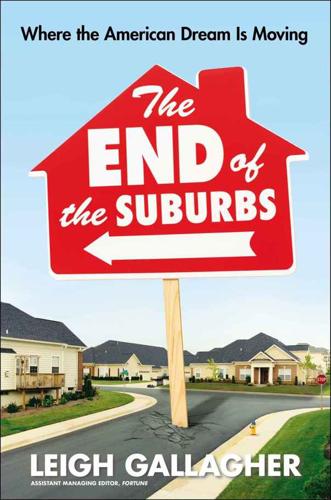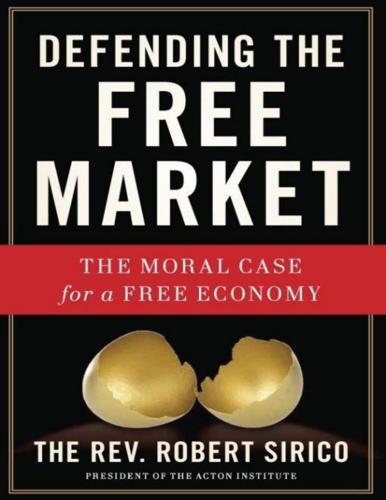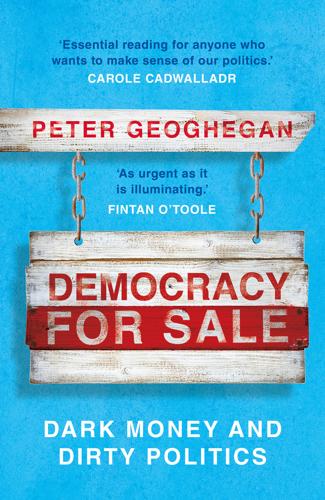
The End of the Suburbs: Where the American Dream Is Moving
by
Leigh Gallagher
Published 26 Jun 2013
Where my father grew up in Drexel Hill, Pennsylvania, a 1920s streetcar suburb outside of Philadelphia, there were forty-one children living in the sixteen or so houses on his block alone: the Janssens (four kids), the Hayeses (three), the McNultys (four), the Lombardos (four), the McDermotts (five), the Hartmans (four), the Bancrofts (three), and, of course, the Gallaghers (seven), among many others. Today there is a fraction of that; an unofficial poll puts the number at twelve to fifteen for the whole block. This trend is happening everywhere, and has been called the “demographic winter,” the “birth dearth,” and the “baby bust.” The decline in the number of children can be partially attributed to economic conditions: from 2007 to 2009, the height of the recession, U.S. births saw the largest drop for any two-year period since the 1970s. But there are larger forces at work as well, and they touch on bigger and deeper changes taking place in our society.
…
See New Urbanism; Walkable communities auto accident increases, 82–85 automobile dependence, 79–81, 85–86, 89–91 commuting issue, 94–99 crime, rise in, 17, 179, 206 early critics (1950–60s), 38–39, 46–48 on financial structure of communities, 58–60, 77–78 lifestyle criticism, 79–81 of mortgage interest deduction, 74–76 natural environment destruction, 47–48 neighborhood satisfaction factors, 91 neighbors, lack of interaction, 91–92 in popular culture, 39, 51, 53, 79, 91, 144 racial homogeneity, 42–43 single-use zoning issue, 41–42, 63 social interaction deficits, 91–92, 125 of sprawl, 45–46, 60, 82 transportation costs, 99–101 wasteland descriptions, 50, 52 Cul-de-sacs, 32–33, 41–42, 49 Curbside Chat, 57–58 Cusato, Marianne, 134 Daily, Bethany, 170 Davis, Alexander Jackson, 31 Davis, Robert, 116, 135 Demographics. See Population Demographic winter, 145 Denver, renewal and growth (2011), 168 Depopulation, reuse methods, 185–87 Doig, Will, 129 Donovan, Shaun, 23, 102 Dormont, Pittsburgh, 202 Dorney, Diane, 122–25 Dorsey, Jack, 93 Dover, Victor, 81 Drivable suburbia, housing market in, 199 Duany, Andres, 52, 115–18, 130. See also New Urbanism background information, 115–17 on Pensacola Parking Syndrome, 63 post-disaster planning, 126 reactions to ideas of, 193–94 on sprawl, 40 on suburban benefits, 191–92 on teens in suburbia, 90 Duany Plater-Zyberk & Company (DPZ), 116–17 Duckworth, Jason, 36, 49, 62, 69–70, 135 on adolescent car independence, 110 on appeal of suburbia, 49 city, move to, 171 on Duany, 117 on McMansions, 69–70 Duckworth, Joe, 135 Dumbaugh, Eric, 83–84, 106–7 DUMBO, Brooklyn, 18, 163–64 Dump the Pump, 109 Dunham-Jones, Ellen, 103, 180, 181 East Passyunk, Philadelphia, 117–18 Edge cities, 45–46 Ehrenhalt, Alan, 166 Eisenhower, Dwight D., 38 Eisner, Michael, 197 Emerging adulthood, 153 Empty nesters, in cities, 172 Energy costs.

Defending the Free Market: The Moral Case for a Free Economy
by
Robert A. Sirico
Published 20 May 2012
Think of ancient Greece; or the Roman Empire; or Germany in the 1930s. There are many other examples. We need to look around us. Aside from the two world wars, the current global debt level is unprecedented.1 When one generation borrows more than the next generation can ever expect to repay, a society eventually reaches a tipping point. And consider the demographic winter that is rapidly descending on Europe. Have Europeans lost hope and are therefore losing the desire to have children? Or has raising children simply become too much of a bother for a culture increasingly interested in the pleasures of the moment? In either case, the consequences are heavy. All the talk of a pension plan crisis in Europe masks what is really a moral crisis: Europe is growing sterile, and the bonds that link one generation to the next have been weakened by a nanny state that has taken over many tasks previously filled by parents caring for their children and children caring for their aging parents.

The Human City: Urbanism for the Rest of Us
by
Joel Kotkin
Published 11 Apr 2016
By 2050, China will suffer a net loss of 60 million people under 15 years of age, approximately the size of Italy’s entire population. It will gain nearly 190 million people 65 and over, approximately the population of Pakistan, which is the world’s sixth most populous country.71 Ultimately, China will face its own version of “demographic winter,” although sometime later than Japan or the Tigers. The US Census Bureau estimates that China’s population will peak in 2026 and then will age faster than any country in the world besides Japan.72 Its rapid urbanization, expansion of education, and rising housing costs all will contribute to this trend.

Democracy for Sale: Dark Money and Dirty Politics
by
Peter Geoghegan
Published 2 Jan 2020
Outside the conference centre thousands of protesters against the Congress swarmed Verona’s cobblestone streets, carrying colourful banners and chanting slogans against racism and fascism. Italian riot police and paramilitary carabinieri formed a human wall around the beautiful 17th-century Gran Guardia Palace.9 After Salvini, other speakers claimed that the “natural family” was under such systematic assault that the West was on the precipice of a “demographic winter” because not enough babies will be born.10 At an informal press conference on the venue’s steps, an Italian neo-fascist party announced the launch of a campaign for a referendum to overturn the country’s abortion law.11 (In the US, the Southern Poverty Law Center, which monitors extremist movements, has described the World Congress of Families as an “anti-LGBT hate group”.)